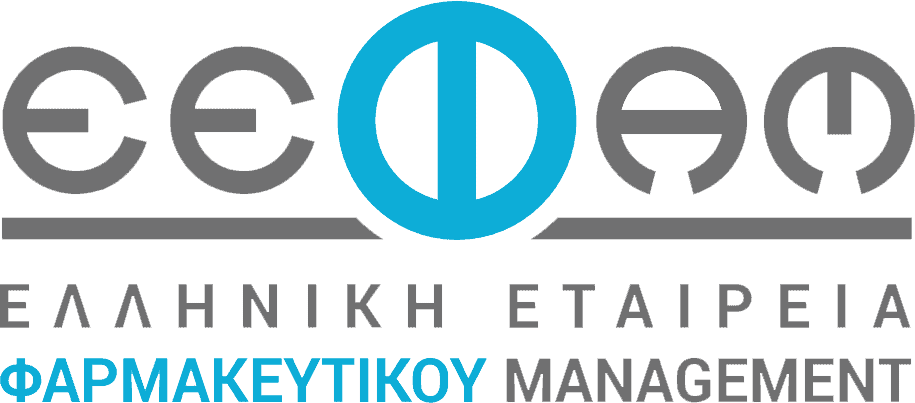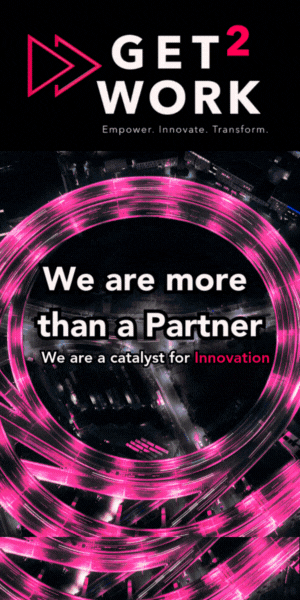Blog
Blog
6 Best Practices For Biopharma Talent Management In 2023

Inflation and the rising cost of goods and services are compelling workers in a variety of industries to seek higher salaries. This is being acutely felt in the life sciences industry, where a recent study found the average turnover rates in the field to be 20.6%, which is higher than sectors such as financial services (15.9%) and energy (15.2%). At the same time, there’s a scarcity of talent to fill open roles that doesn’t appear to be ending anytime soon.
Adding to the challenge is the fact that the world of work has fundamentally changed. Not only is it harder to attract and retain talent, but skills are changing rapidly and digital technologies are having a deep impact on the nature of work. Additionally, young people see the world from a pandemic lens, which gives them different motivations when it comes to the work they want to do and the way they want to do it. The term “quiet quitting” may be a misnomer, but it’s true that the new generation of workers values setting boundaries and prioritizing their quality of life.
Given these conditions, it’s clear there needs to be a revolution in how companies view employees. This is especially relevant in the pharma and biopharma sectors, which have historically relied on hiring job-ready talent from competitors. When a hiring manager tells a recruiter that they need a biotechnician, they expect to interview candidates who are doing the exact same job at other companies. However, by only interviewing job-ready candidates, organizations are severely limiting their talent pool.
These challenges can no longer be denied. To address talent scarcity in the field, business leaders need to acknowledge the need for a large-scale strategic transformation and commit to bold changes in their hiring and retention practices. Here are six best practices to strategically address the talent shortage and some tactical interventions that can help.
1. Develop A Skills-Based Approach To Talent.
The most progressive organizations are thinking in terms of skills, not roles. LinkedIn data shows that “companies are realizing that skills-based hiring works: hirers leveraging skills data to find the right match are 60% more likely to find a successful hire than those not relying on skills.” Instead of thinking of how many statisticians the organization needs, identify the skills of a statistician. For instance, a statistician needs strong mathematical skills but also needs to be an effective communicator. Then look for these qualities in candidates from a wide variety of backgrounds, such as internal employees in different roles, candidates in industries outside of life sciences such as financial services, and recent graduates with strong math and communication skills. To succeed, there also needs to be a commitment to creating a strong upskilling program.
2. Use Technology To Map Skills.
A skills-based approach is most efficient and effective when data is heavily leveraged. This ability has been greatly enhanced with technology, most specifically AI. There are a number of software resources that can help organizations parse out the skills needed and match them with similar capabilities of both internal and external talent. Data can also help identify what’s known as “adjacent” skills, or skills that may not be exactly the same but have some commonality. For instance, researchers conduct many administrative tasks so it’s important that they’re detail-oriented, organized, and have good communication skills. Project managers also require these skills, and the right candidate, regardless of what field they’re coming from, can be trained to understand the clinical trial process and technical language.
3. Drive Retention Through Internal Mobility.
Employees often state it’s easier to get a job externally than internally. This is largely because internal mobility programs have remained stagnant, and managers instinctively hoard talent. But according to a LinkedIn Learning survey, employees at companies with internal mobility programs stay almost two times longer. Organizations need to place more emphasis on how to retain and progress talent, which means championing the concept of career experimentation by:
- allowing employees to do a project in another part of the business
- creating a job marketplace that showcases available positions
- encouraging recruiters to target internal talent
- training managers to encourage and facilitate internal mobility
4. Tap Into Digital Talent.
New approaches to drug development require new skills and the need for digital talent in pharma and biopharma exists far more than ever before. There are two under-sourced pools of talents that HR leaders should consider targeting:
- Tech talent from other sectors such as financial services, communications, and technology. This may require reworking the candidate value propositions to appeal to specific audiences and address why they would leave their current field for a career in life sciences. It’s also important to reexamine your corporate culture to address new priorities – does it allow for flexible schedules, inclusive workplaces, and work-life balance?
- Emerging and diverse tech talent. Campus recruiting programs and internships are an excellent way to reach these groups, but they can be competitive, especially at elite universities. Instead of just popping up a tent, devise a long-term strategy and align with campuses that share common values and are willing to be collaborative partners. To get started, reach out to career services offices, department chairs, or academic clubs.
5. Leverage Geographical Market Insights.
The increasing availability of data has the potential to transform talent acquisition, but it requires a shift in how hiring managers recruit candidates. Too often, the instinct is to stick with the status quo. If a company needs biochemists, hiring managers typically target Boston or San Francisco, both highly competitive markets. However, by using data they might uncover talent in less competitive regions. A study by CBRE found that cities such as Minneapolis, Houston, and Atlanta, “though sometimes overlooked, also have world-class health centers and universities, and in turn, sizable pools of life sciences research talent.”
6. Amplify The Employer Brand.
According to a Glassdoor survey, 92% of people would consider switching jobs to a company with an excellent corporate reputation. The challenge is how to get the word out, especially for small biopharma and biotech businesses that struggle against larger, well-known competitors. Building a good reputation takes time and effort but programmatic advertising platforms allow users to run data-driven, automated campaigns more cost-effectively. There’s a number of options on the market so it’s wise to do some research in order to find one best suited to the company’s needs. An important consideration is the precision of the targeting options, which is critical for delivering tailored messaging to multiple audiences. Other features to consider are the type of interface, level of customer support, and pricing structures.
Overall, the life sciences field has experienced a reputational boost due to its response to the pandemic and ability to get vaccines and other therapeutics quickly to market. The result has been increased investments being made in the industry, leading to accelerated job growth. In this new era, traditional hiring practices need to be left behind. It’s time to embrace innovative approaches that place value on each individual’s potential. Doing so will not only help expand talent pools and improve retention but invigorate pharma and biopharma companies of every size with new and diverse employee perspectives that will lead to successful futures for all.
Πηγή: pharmaceuticalonline.com





